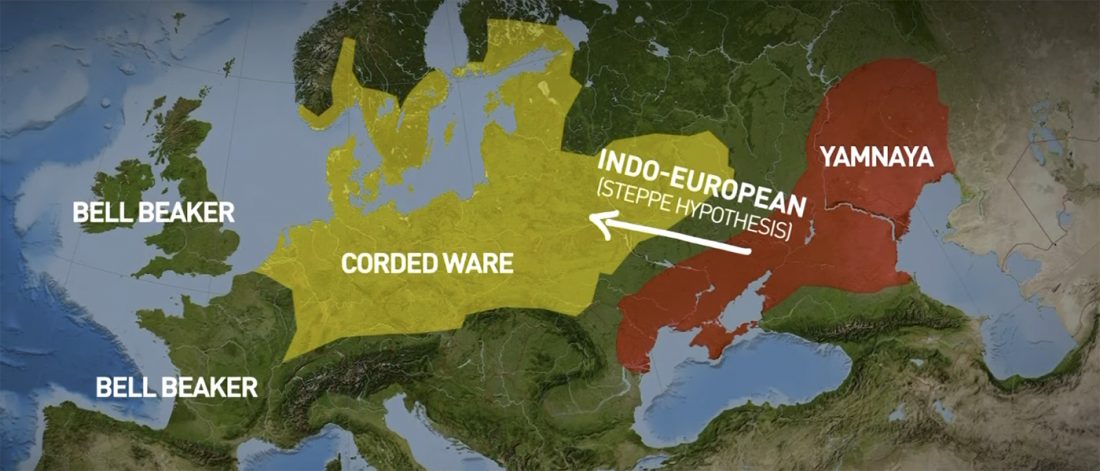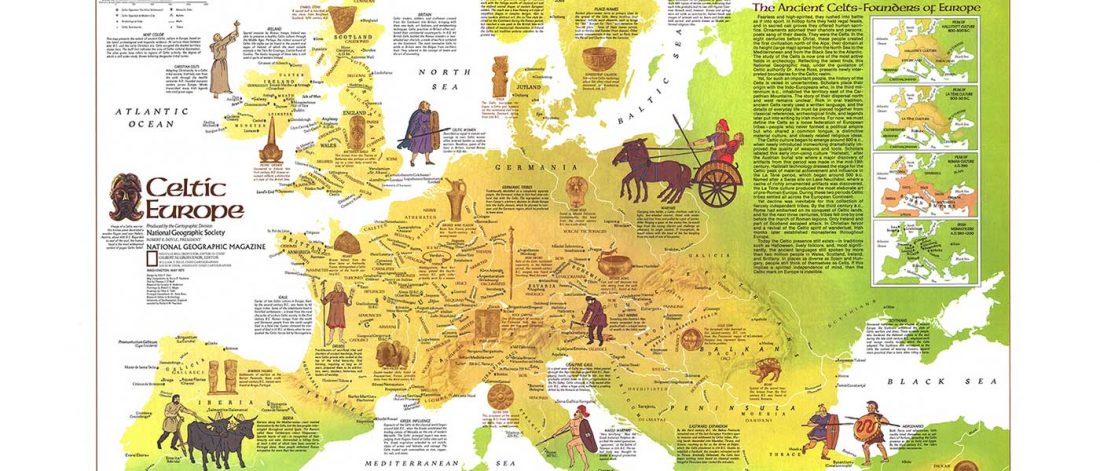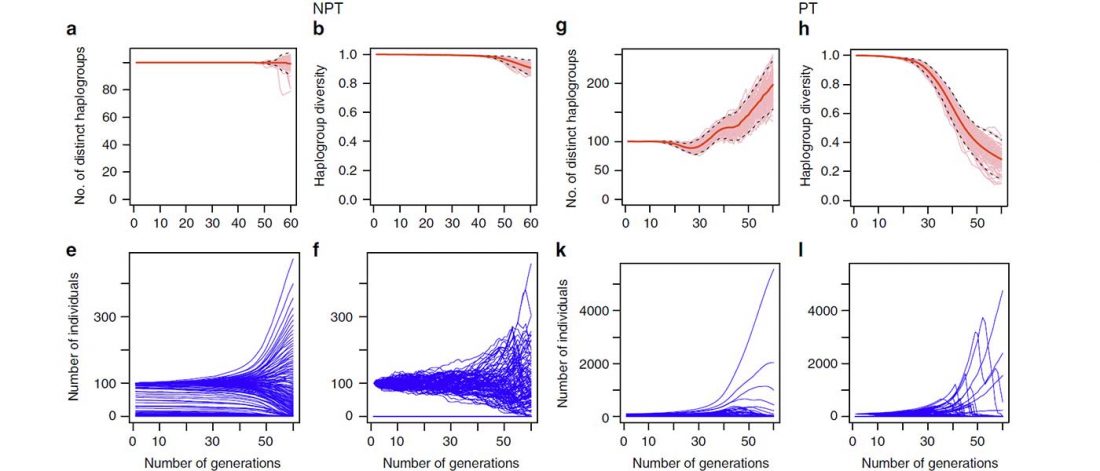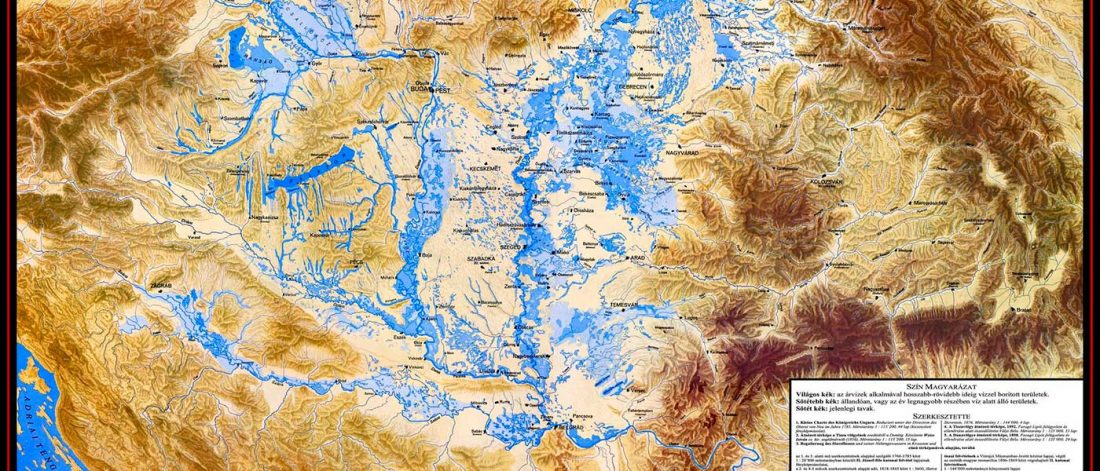Recent open access paper The ring sanctuary of Pömmelte, Germany: a monumental, multi-layered metaphor of the late third millennium BC, by Spatzier and Bertemes, Antiquity (2018) 92(363):655-673.
Interesting excerpts (emphasis mine):
… Read the rest “When Bell Beakers mixed with Eneolithic Europeans: Pömmelte and the Europe-wide concept of sanctuary”In recent decades, evidence has accumulated for comparable enclosures of later dates, including the Early Bronze Age Únětice Culture between 2200 and 1600 BC, and thus into the chronological and cultural context of the Nebra sky disc. Based on the analysis of one of these enclosure sites, recently excavated at Pömmelte on the flood plain of the Elbe River near Magdeburg, Saxony-Anhalt, and dating to the late third







